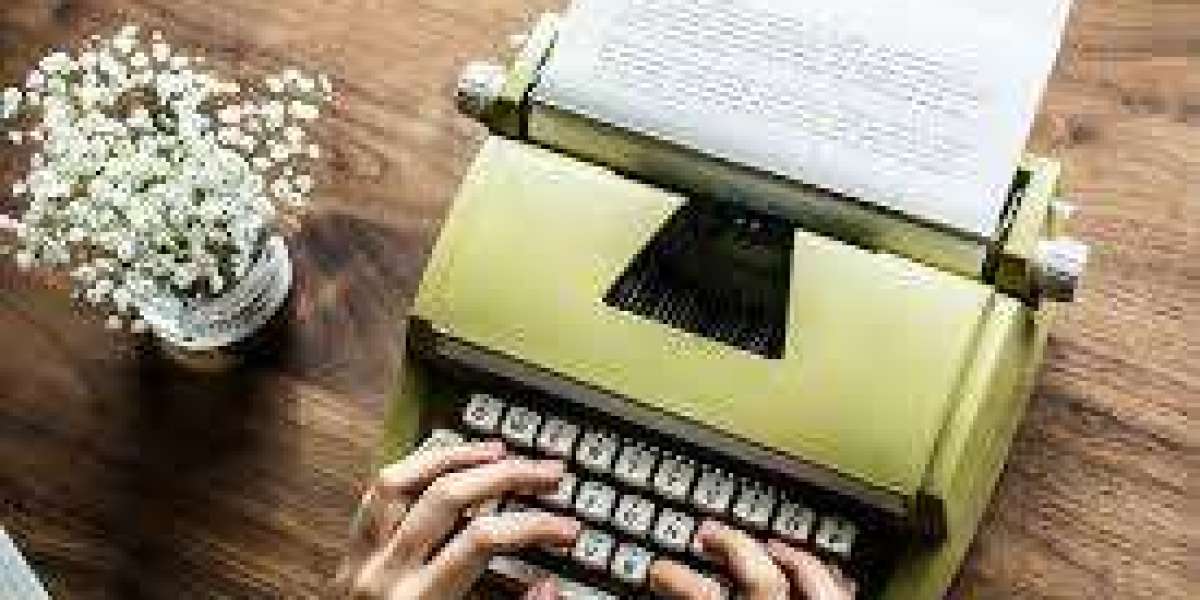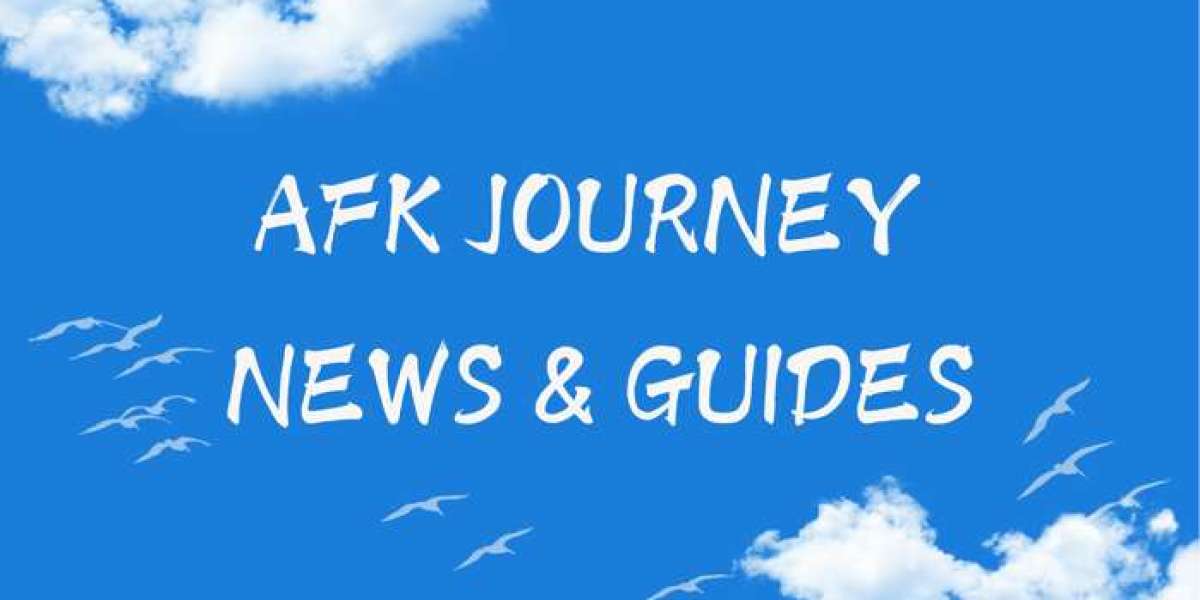1. Developmental Editing: Big Picture Brilliance
Think of developmental editing as architectural work. If your book is a house, this is the stage where you’re checking the foundation, the structure, the flow of the rooms. A developmental editor is less concerned with your commas and more focused on:
Structure and organization
Plot holes or pacing issues
Character development
Theme clarity
Consistency in tone and voice
When it’s most useful: Early drafts, especially if you’re unsure about your story’s flow, plot coherence, or how your message is coming across.
What you get: Usually a detailed editorial letter, with comments throughout your manuscript offering big-picture suggestions and asking guiding questions.
2. Line Editing: Shaping Your Style
Line editing is the artful sculpting of your sentences. It's about making your voice clearer, stronger, and more polished—without changing who you are as a writer. Line editors focus on:
Sentence structure
Word choice
Tone and flow
Removing repetition
Clarifying meaning
When it’s most useful: After developmental edits, when your story structure is solid but your prose still needs finesse.
What you get: A marked-up manuscript using tracked changes with suggestions for smoother sentences, along with comments explaining why certain phrases were tweaked.
3. Copyediting: The Grammar Police You Actually Want
Copyediting is where the technical side of writing shines. It's all about rules, consistency, and clarity. A good copyeditor checks for:
Grammar and punctuation
Spelling and capitalization
Sentence clarity
Consistency in names, places, timelines
Adherence to style guides (like Chicago Manual of Style)
When it’s most useful: Once your manuscript is structurally sound and stylistically solid. This is the last clean-up before publishing.
What you get: A cleaner, more accurate manuscript with tracked changes and notes on any recurring issues.
4. Proofreading: The Final Polish
Proofreading is the last pass. It’s what happens just before the book hits the printer or digital shelf. A proofreader is your last line of defense against:
Typos
Formatting errors
Missing punctuation
Incorrect page breaks or line spacing
When it’s most useful: After copyediting, layout, or even after you’ve formatted the manuscript for print/ebook. It ensures perfection.
What you get: Corrections to spelling, punctuation, and formatting—nothing major. If a proofreader is flagging big plot holes, you’re editing too late!
So... Which One Do You Need?
Great question—and the answer depends on where your manuscript stands today. Here’s a general guide:
Just finished your first draft? Start with developmental editing.
Story solid, but you want the writing to shine? Go for line editing.
Your prose is strong, but you need a technical check? Copyediting is your friend.
Ready to hit "publish"? Proofreading is the final step.
And yes, sometimes you might need more than one kind. Many authors go through all four stages, especially if they're self-publishing or submitting to agents.
How Editors and Writers Work Together
The best editing isn’t a one-way critique—it’s a collaboration. A great editor will ask questions, make suggestions, and respect your voice. They won’t just fix your book. They’ll help you understand it more deeply.
When you look into book editing services, pay attention to how editors communicate. Do they explain their process? Offer a sample edit? Are they comfortable working with your genre?
These things matter just as much as grammar skills.
Editors: Chime In!
If you're an editor, I want to hear from you:
How do you explain the differences in editing to your clients?
Which type of editing do you find most writers actually need?
Do you offer all four levels, or specialize in one?
Let’s educate and empower writers together.
Writers: What Has Your Experience Been Like?
Writers, whether you’ve worked with one editor or ten, your insights matter. Share your story:
Which type of editing helped you the most?
Have you ever misunderstood what kind of edit you needed?
What surprised you about working with an editor for the first time?
Final Thought: Editing Isn’t Just Fixing, It’s Elevating
Think of editing as a conversation between your words and your reader. The right kind of edit bridges that gap. It doesn’t take away your voice—it amplifies it.
So if you’re feeling stuck, confused, or just want to make sure your book gets the care it deserves, ask questions, seek out good guidance, and always choose editors who treat your words with respect.
Let’s Talk: When you searched for book editing services, were you clear on the type of editing you needed—or did you discover it along the way? What helped you decide?
Drop your thoughts below. Writers and editors, let's keep this conversation going!







